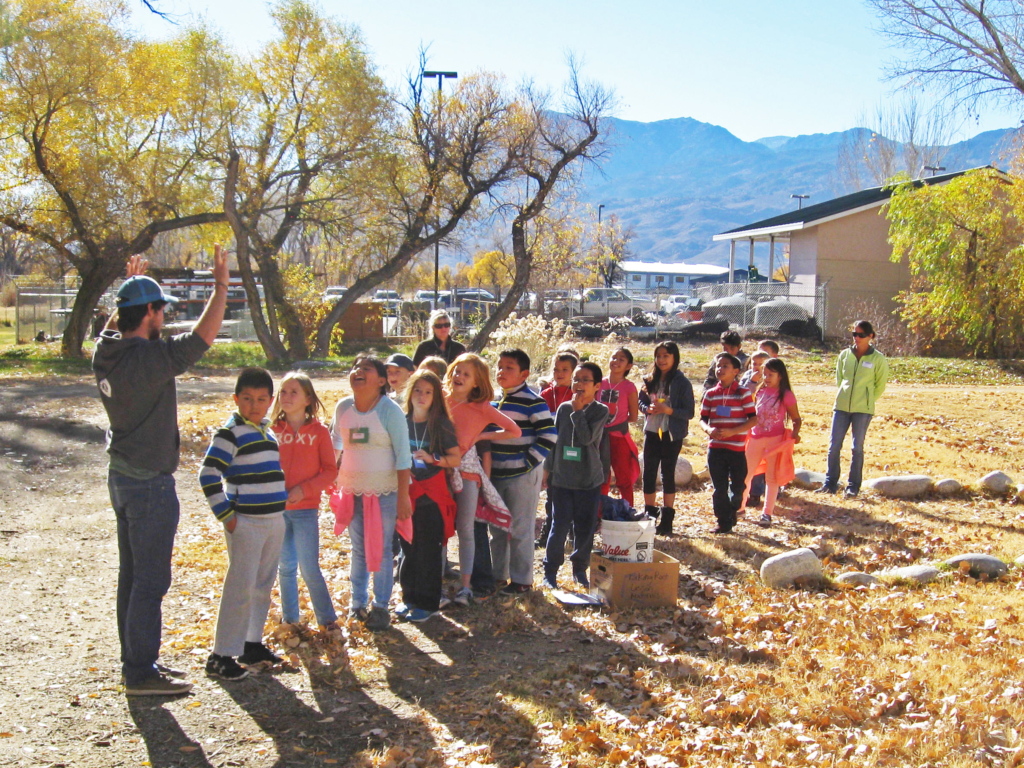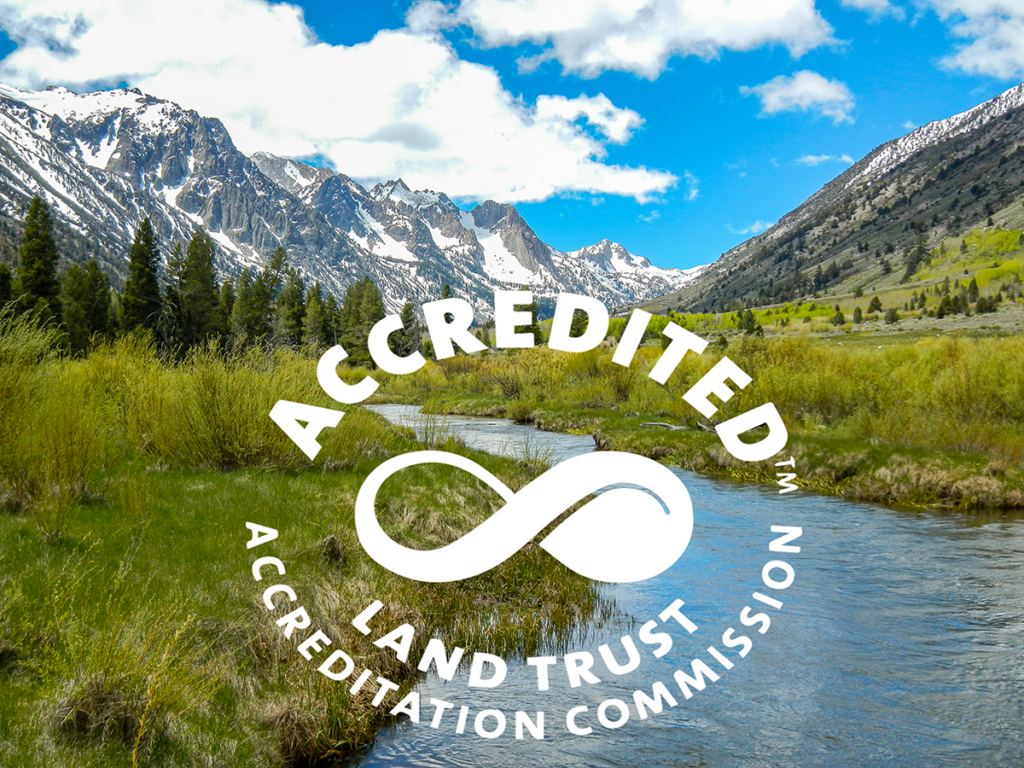Apply by August 31st, 2021! Become an AmeriCorps...
Marie Ring, ESLT's Education Coordinator and AmeriCorps member from 2018-2020, removes invasive Tule, improving wildlife habitat at one of ESLT's properties, Benton Hot Springs Ranch. © ESLT Do you love the Eastern Sierra? Are you looking for a way to give back to our land and community? Apply today to become ESLT's next AmeriCorps Member! Eastern Sierra Land Trust and the Sierra Nevada AmeriCorps Partnership (SNAP) are seeking an enthusiastic, …continue reading











